When we think about dangerous animals, we often picture lions, sharks, or snakes. However, one of the world's most dangerous bugs flies under the radar: the kissing bug. In this article, we’ll explore what the kissing bug is, why it’s considered so dangerous, and how to protect yourself from it.
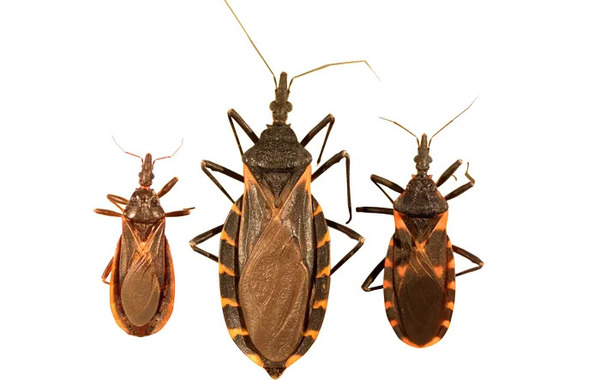
The kissing bug, also known as the triatomine bug, belongs to the family Reduviidae. It gets its name from its habit of biting humans around the mouth or eyes while they sleep, resembling a kiss. These bugs are primarily found in Central and South America, but they have been reported in parts of the southern United States as well.
The most significant danger posed by the kissing bug is its role as a vector for Chagas disease. This disease is caused by the parasite Trypanosoma cruzi, which the bug carries in its feces. When the kissing bug bites, it often defecates near the bite site. If the feces enter the wound or come into contact with mucous membranes (like the eyes), the parasite can enter the bloodstream, leading to Chagas disease.
Chagas disease can be acute or chronic. In the acute phase, symptoms may include fever, fatigue, body aches, and swelling at the bite site. Many people do not realize they are infected during this stage. If left untreated, the disease can progress to the chronic phase, potentially leading to severe complications like heart problems and digestive issues years later.
Kissing bugs can vary in appearance, but they typically have a flat, oval shape and are about 1-3 centimeters long. They often have a distinctive coloration with brown or black bodies and red or orange markings. Knowing how to identify these bugs is crucial, especially if you live in or travel to areas where they are common.
To reduce the risk of kissing bug encounters, take the following precautions:
Seal Cracks: Ensure that windows and doors are tightly sealed to prevent bugs from entering your home.
Use Screens: Install screens on windows and doors to keep bugs out while allowing fresh air in.
Keep Your Home Clean: Regularly clean your home and eliminate clutter, which can provide hiding spots for bugs.
If you’re spending time outdoors in areas where kissing bugs are common, consider these tips:
Wear Protective Clothing: Long sleeves and pants can help protect your skin from bites.
Use Insect Repellent: Apply insect repellent containing DEET or other effective ingredients to exposed skin.
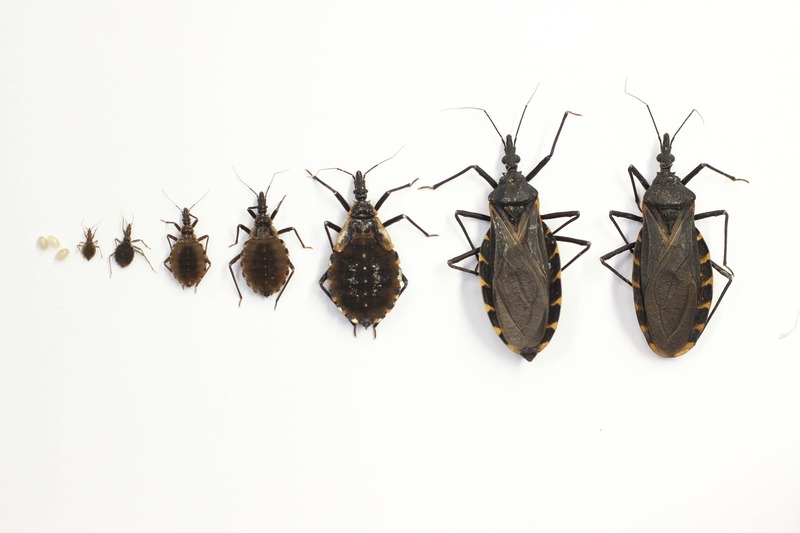
While we often think of large animals as the most dangerous, the kissing bug serves as a reminder that tiny creatures can pose significant risks to our health. By understanding the dangers of the kissing bug and taking steps to prevent bites, we can protect ourselves and our families from Chagas disease. Stay informed and stay safe!
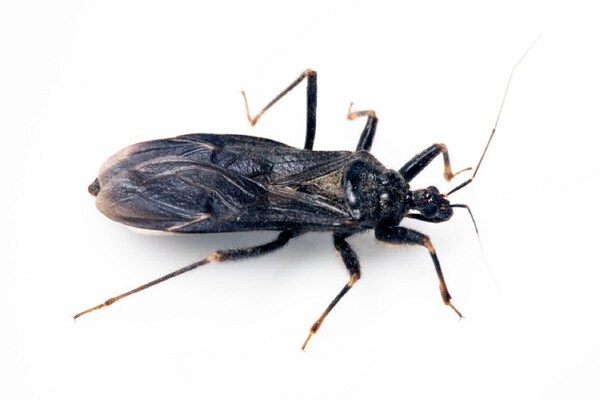
Getting bitten by a kissing bug can be concerning, but understanding what to expect can help you stay calm. Here’s a straightforward breakdown of what happens if you’re bitten.
Kissing bugs, or triatomine bugs, are insects that are primarily active at night. They tend to bite people around the mouth or eyes, which is how they get their nickname. They feed on blood, just like mosquitoes.
When a kissing bug bites you, you might not feel it right away. Their saliva has a numbing effect, so you may not notice the bite at first. However, after some time, you might experience:
Redness: The area around the bite may become red and swollen.
Itching: You could feel itchy at the site of the bite, similar to a mosquito bite.
Swelling: Some people experience more significant swelling, which can last for a few days.
One of the biggest concerns with kissing bug bites is the potential for infection. If the bug has feces near the bite, and you accidentally rub it into the wound, you could be exposed to a parasite that causes Chagas disease.
Chagas disease is an illness caused by the Trypanosoma cruzi parasite, which kissing bugs can carry. Here’s how it works:
Initial Symptoms: After a few weeks, you may notice symptoms like fever, fatigue, body aches, or swelling at the bite site.
Chronic Phase: If left untreated, Chagas can become a chronic illness, leading to serious heart and digestive issues years later.
If you suspect you’ve been bitten by a kissing bug, keep an eye on your symptoms. You should see a doctor if you experience:
Severe Swelling: If the swelling gets worse or spreads.
Persistent Fever: If you have a fever that lasts more than a few days.
Unusual Symptoms: If you start to feel extremely fatigued or have other unusual symptoms.
To avoid kissing bug bites in the future, consider these tips:
Seal Your Home: Close up any cracks or gaps where bugs might enter.
Use Screens: Install screens on windows and doors to keep bugs out.
Maintain Cleanliness: Keep your home tidy and reduce clutter, which can provide hiding spots for bugs.
Being bitten by a kissing bug can lead to discomfort and potential health risks like Chagas disease. However, understanding the symptoms and knowing when to seek medical help can make a difference. By taking preventive measures, you can reduce your chances of encountering these bugs. If you have any concerns or questions, don’t hesitate to reach out to a healthcare professional!
Kissing bugs, also known as triatomine bugs, can be a nuisance and pose health risks, particularly due to their association with Chagas disease. If you find these pests in or around your home, it’s important to take action. Here’s a comprehensive guide on how to effectively get rid of kissing bugs.
Before you can get rid of kissing bugs, you need to identify them. Kissing bugs are usually:
Size: About 1 to 3 centimeters long.
Color: They typically have a flat, oval body that is brown or black with red or orange markings.
Behavior: Most active at night, they tend to hide during the day in cracks and crevices.
One of the first steps in controlling kissing bugs is to prevent them from entering your home.
Check for Cracks: Inspect windows, doors, and the foundation of your home for cracks or gaps.
Use Caulk or Sealant: Fill in any gaps with caulk or other sealants to close off potential entry points.
Install Screens: Ensure that windows and doors have screens to keep bugs out while allowing fresh air in.
Kissing bugs are attracted to clutter and debris. Keeping your home tidy can help deter them.
Declutter: Remove unnecessary items and clutter where bugs can hide, such as piles of clothes, boxes, and stacks of newspapers.
Regular Cleaning: Vacuum and dust regularly to eliminate potential hiding spots.
If kissing bugs are already in your home, insecticides can help eliminate them.
Choose the Right Insecticide: Look for insecticides specifically labeled for use against kissing bugs or general pests. Products containing pyrethroids are often effective.
Follow Instructions: Always read and follow the manufacturer’s instructions carefully for safe application.
Target Hiding Places: Spray insecticides in areas where kissing bugs are likely to hide, such as around baseboards, under furniture, and in cracks and crevices.
If you have a significant infestation or are uncomfortable dealing with insecticides, hiring a professional pest control service may be the best option.
Consult Experts: Professionals can provide a thorough inspection, identify entry points, and apply treatments effectively.
Preventive Treatments: They can also offer preventive treatments to help keep kissing bugs away in the future.
Taking steps outside your home can also help reduce the likelihood of kissing bugs entering.
Trim Vegetation: Keep shrubs and trees trimmed away from your home to eliminate potential hiding spots.
Remove Debris: Clear away debris like wood piles, leaf litter, and other organic materials that can attract bugs.
Check Outdoor Lighting: Use yellow or sodium vapor lights instead of regular white lights, as these attract fewer insects.
Understanding kissing bugs and their behaviors can help you stay vigilant.
Spread Awareness: Educate family and friends about kissing bugs and the importance of early detection.
Know the Signs: Familiarize yourself with the signs of a kissing bug infestation, such as finding them in your home or noticing their droppings.
Getting rid of kissing bugs involves a combination of prevention, cleaning, and treatment methods. By sealing entry points, maintaining a clean environment, and using insecticides or professional help, you can effectively eliminate these pests from your home. Staying informed and proactive is key to keeping your living space bug-free and safe!
Kissing bugs, or triatomine bugs, can be easily mistaken for other insects due to their appearance. Understanding which bugs resemble kissing bugs can help you identify them accurately and determine whether they pose any risks. Here’s a detailed overview of bugs that look like kissing bugs, including how to identify them and their key differences.
Kissing bugs are typically:
Size: 1 to 3 centimeters long.
Color: Brown or black with red or orange markings.
Shape: Flat, oval bodies with long legs and antennae.
Behavior: Mostly active at night, they often hide during the day in cracks and crevices.

Appearance: Boxelder bugs are black with orange or red markings, similar to kissing bugs.
Size: They are slightly smaller, typically around 1/2 inch long.
Behavior: Commonly found on boxelder trees and often enter homes in the fall.
Key Difference: Boxelder bugs have a more elongated body shape and are less flattened than kissing bugs.
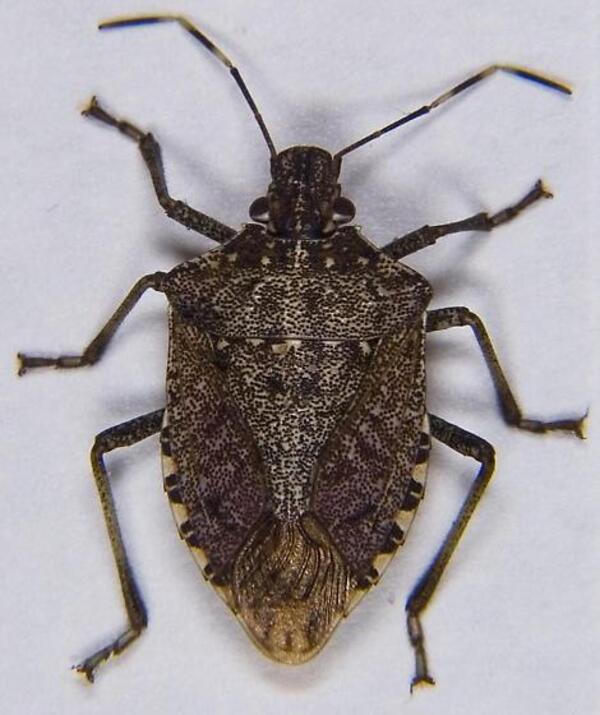
Appearance: Stink bugs are usually green or brown with a shield-like shape, and some species have markings that may resemble those of kissing bugs.
Size: They range from 1/2 to 1 inch in length.
Behavior: Stink bugs are often found in gardens and fields, and they can emit a foul odor when disturbed.
Key Difference: Their body shape is more rounded and shield-like compared to the flat, oval shape of kissing bugs.
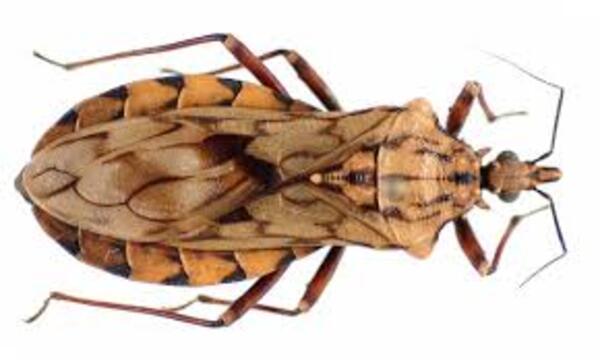
Many true bugs in the Hemiptera order may resemble kissing bugs, including:
Leaf-footed Bugs: These bugs have flattened leaf-like extensions on their hind legs.
Assassin Bugs: While they can be larger and have different colors, some species may look similar to kissing bugs.
Key Differences: The distinguishing feature is typically the shape and color patterns. True bugs may have more varied shapes and colors compared to the consistent flatness and markings of kissing bugs.
Identifying bugs that look like kissing bugs is crucial for several reasons:
Health Risks: While kissing bugs can transmit Chagas disease, many lookalikes do not pose any health threats.
Pest Control: Knowing the specific type of bug can help in choosing the right pest control measures.
Prevention: Understanding which bugs are harmless can alleviate unnecessary fear and lead to more effective prevention strategies.
To avoid confusion between kissing bugs and lookalikes, consider the following tips:
Examine Body Shape: Pay attention to the overall shape and size of the bug.
Look for Markings: Kissing bugs have distinctive red or orange markings; check for these features.
Behavior and Habitat: Observe the bug's behavior and where you found it. Kissing bugs tend to hide in dark, sheltered areas.
If you suspect you have found a kissing bug or a lookalike and are unsure of its identity:
Capture the Bug: If safe, capture the insect in a container for identification.
Consult an Expert: Reach out to local pest control or entomologists for help in identifying the insect.
Keep Records: Take photos and notes on where and when you found the bug to assist in identification.
While several bugs may resemble kissing bugs, understanding their differences is key to identifying them correctly. By paying attention to size, shape, color, and behavior, you can better protect yourself and your home from potential pests. If in doubt, seek professional help to ensure accurate identification and appropriate action.
Kissing bugs and assassin bugs are both members of the Hemiptera order, but they have distinct characteristics, behaviors, and ecological roles. Understanding the differences and similarities between these two types of bugs is crucial for accurate identification and assessing any potential risks they may pose.
Appearance: Kissing bugs typically have a flat, oval body and long legs. They can range in color from brown to black, often featuring red or orange markings.
Size: Adults generally measure between 1 to 3 centimeters in length.
Habitat: They are commonly found in and around human dwellings, particularly in rural areas and warmer climates. They tend to hide in cracks, crevices, and under furniture.
Appearance: Assassin bugs have a more elongated, slender body compared to kissing bugs. They may also have varying colors, including brown, black, and some vibrant species with bright markings.
Size: They can vary significantly in size, typically ranging from 1 to 4 centimeters long.
Habitat: Assassin bugs are found in diverse habitats, including gardens, forests, and grasslands. They often hunt on vegetation or in leaf litter.
Diet: Kissing bugs are hematophagous, meaning they feed on blood. They primarily bite mammals, including humans, while they sleep.
Feeding Method: They use their elongated mouthparts (proboscis) to pierce the skin and draw blood. They often defecate near the bite site, and their feces can transmit the Trypanosoma cruzi parasite, leading to Chagas disease.
Diet: Assassin bugs are also predatory but feed primarily on other insects. They are beneficial in controlling pest populations.
Feeding Method: They use their sharp beak to pierce the exoskeleton of their prey and inject digestive enzymes, allowing them to consume the liquefied tissues of their victims.
Behavior: Kissing bugs are nocturnal, often becoming active at night to find a blood meal. They are attracted to body heat and carbon dioxide produced by sleeping animals.
Ecological Role: While they play a role in the ecosystem, their association with Chagas disease poses a significant health risk, especially in rural areas of Latin America.
Behavior: Assassin bugs are also nocturnal but can be found actively hunting during the day. They often blend into their environment to ambush prey.
Ecological Role: They are beneficial insects that help control pest populations, making them valuable in agricultural settings and natural ecosystems.
Disease Transmission: Kissing bugs are known vectors of Chagas disease. The risk increases if their feces contaminate a bite or mucous membranes.
Symptoms: While many bites may not cause severe reactions, infection with Trypanosoma cruzi can lead to serious long-term health issues.
Health Risks: Most assassin bugs are not harmful to humans. However, some species can bite if threatened, and their bite may cause mild pain or irritation.
Disease Transmission: They are generally not associated with the transmission of any diseases to humans.
In summary, while kissing bugs and assassin bugs share some similarities as members of the Hemiptera order, they differ significantly in appearance, behavior, feeding habits, and health risks. Kissing bugs pose a potential health risk due to their association with Chagas disease, while assassin bugs are beneficial predators that help control pest populations. Understanding these differences is essential for proper identification and management of these insects in your environment. If you suspect a kissing bug infestation or encounter an assassin bug, knowing how to differentiate between the two can help you take the appropriate action.
animal tags: Kissing-Bug
We created this article in conjunction with AI technology, then made sure it was fact-checked and edited by a Animals Top editor.